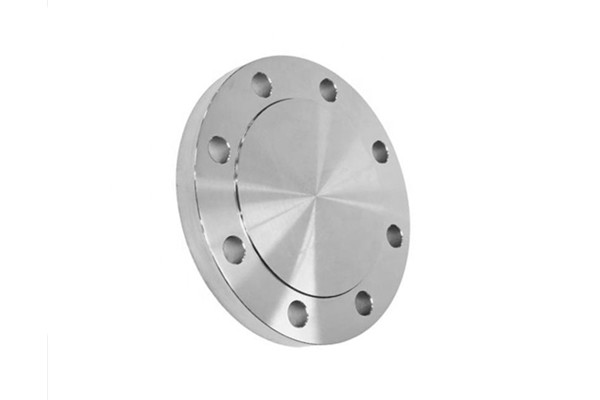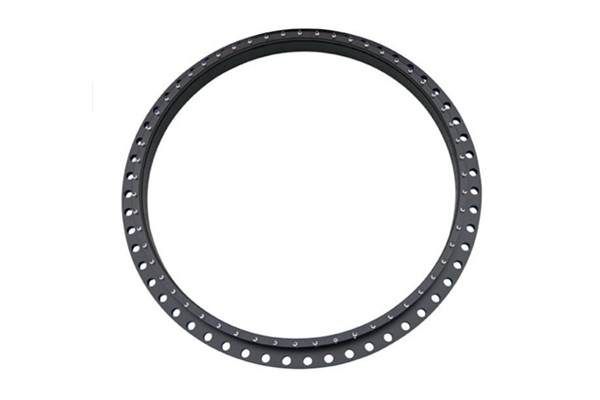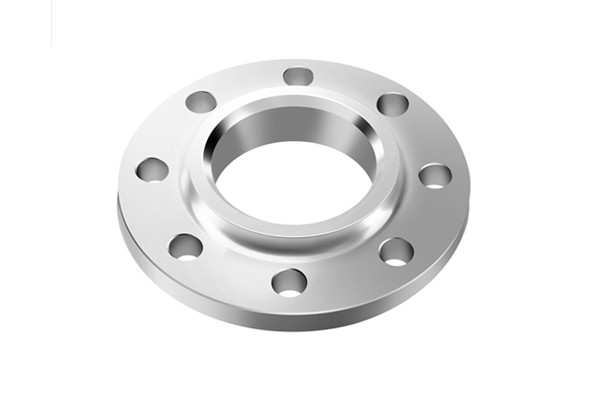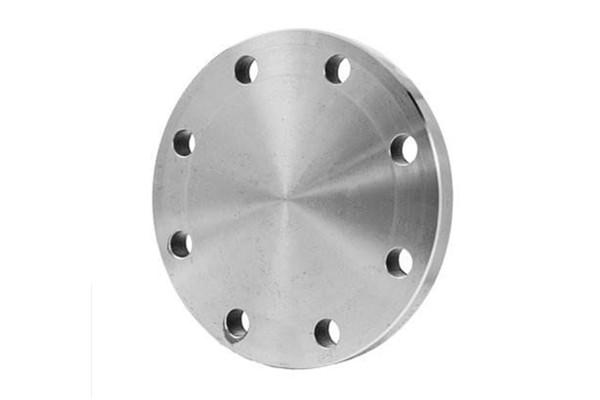A blind flange is a solid steel piece without a hole (inside diameter) and is primarily used to enclose pipelines.
Since most flange connections allow air or fluid to pass through an internal opening, a blind flange provides a good termination point for the end of a pipe connection or to reroute the media of interest to another part of a pipe assembly.
In these cases, and when the pipeline requires future modifications (such as installing a valve or fitting to redirect the fluid), choose a blind flange.
Most blind flanges are basic construction, require minimal machining compared to other flanges, and weigh more than most flanges due to the lack of holes.
While these flanges are typically supplied in stock form to match slip-on and butt-weld flanges, custom machining is also available. Common modifications include center-threaded NPT threads, as well as custom drilling to enable them to be used as hubless slip-on flanges.
In high-pressure applications, blind flanges can also be equipped with a high hub (required for most API 6BX blind flanges).
The three most popular face connection styles for blind flanges generally match the mating flange in question.
These seals include raised face seals, flat face seals, and ring-to-joint seals (RTJ). The first two seals are more common in basic sealing applications, while RTJ seals are preferred for high-pressure applications.




